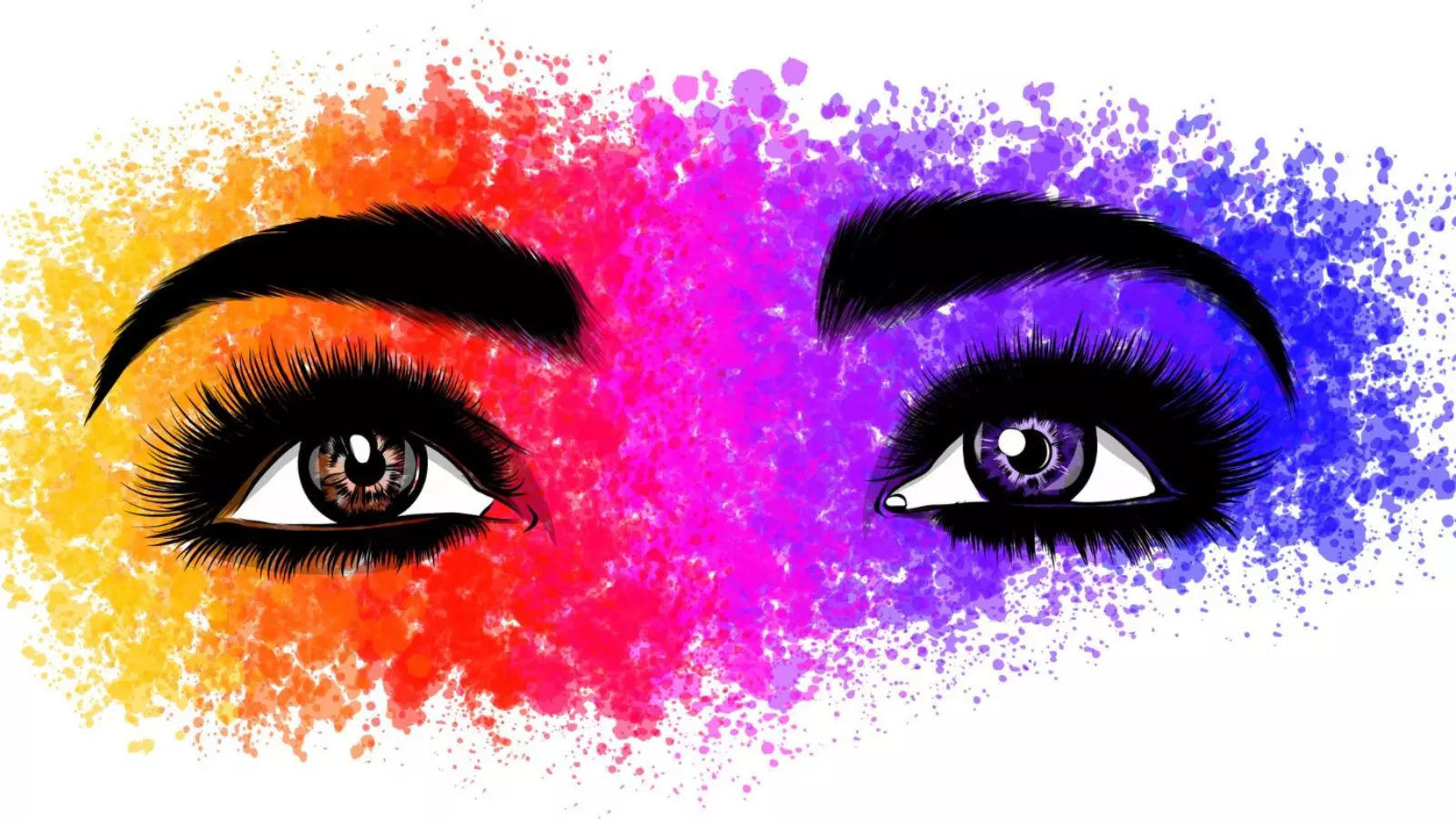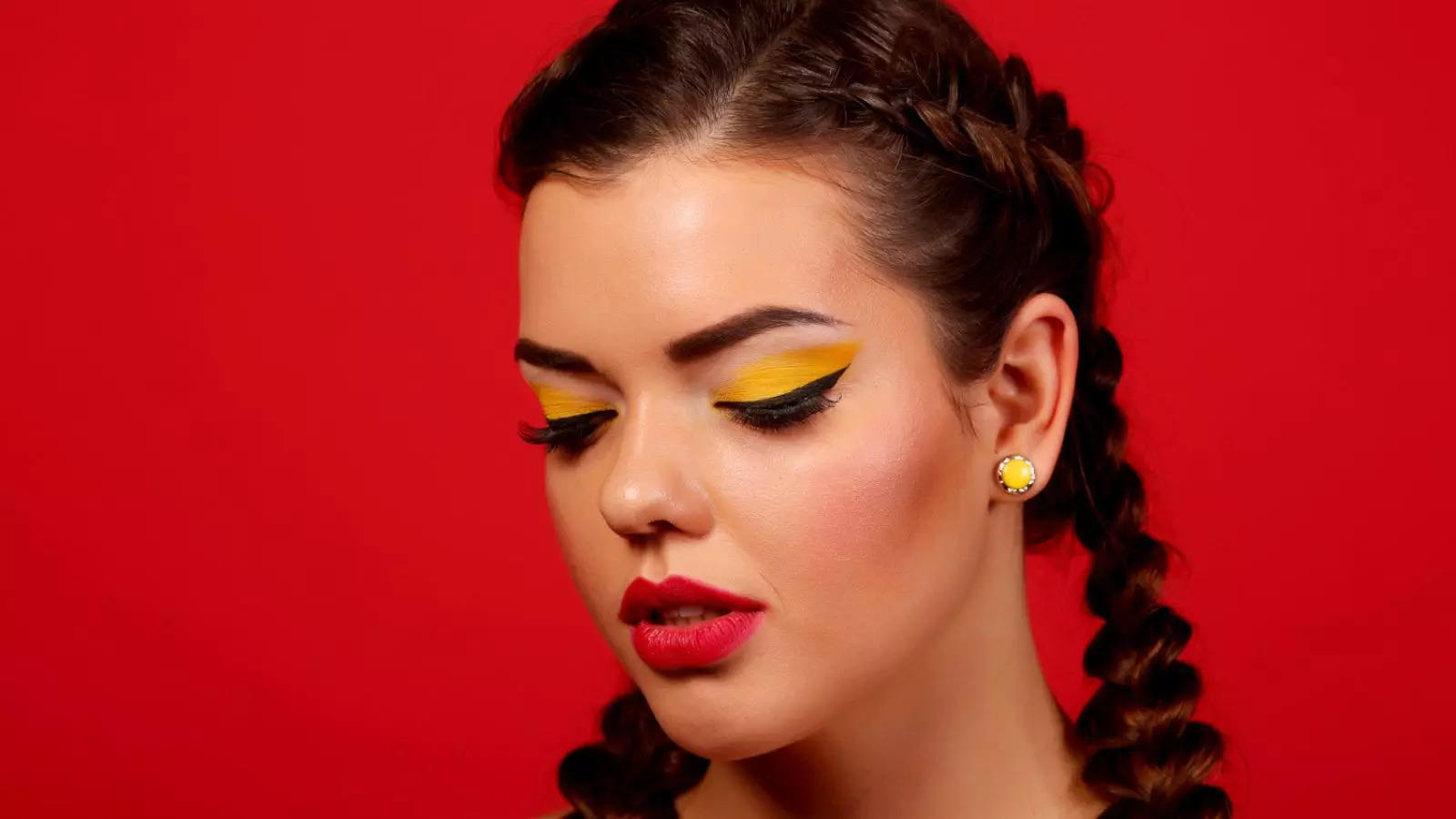Eyeliner , a staple in modern makeup routines, has a rich and fascinating history that spans thousands of years. From ancient civilizations to modern-day catwalks, eyeliner has evolved significantly, reflecting the cultural, social, and artistic values of its time.

Ancient Egypt (2500 BCE)
The earliest recorded use of eyeliner dates back to ancient Egypt, where it was a symbol of wealth, power, and spirituality. Egyptians used kohl, a black powder made from galena (a lead-based ore), to line their eyes. Kohl not only protected eyes from the harsh desert sun but also signified social status and spiritual purity.
Ancient Greece and Rome (500 BCE - 500 CE)
In ancient Greece and Rome, eyeliner was used primarily for aesthetic purposes. Women applied kohl or antimony sulfide to create a subtle, seductive look. The Greek goddess of beauty, Aphrodite, was often depicted with lined eyes, solidifying eyeliner's association with beauty and allure.
Middle Ages (500 - 1500 CE)
During the Middle Ages, eyeliner fell out of favor in Europe, as makeup was seen as immoral. However, in the Middle East and North Africa, kohl continued to be used for its medicinal and spiritual properties.
Renaissance and Baroque (1500 - 1800 CE)
As European art and culture flourished, eyeliner reemerged as a fashion staple. Women used ceruse (a mixture of white lead and vinegar) to create dramatic, winged lines.
20th Century (1900s - 2000s)
The 1920s saw the rise of liquid eyeliner , popularized by Hollywood starlets and flappers. The 1960s brought bold, graphic liner looks, inspired by mod culture and psychedelic art.
Modern Era (2000s - present)
Today, eyeliner comes in various forms, from gel and liquid to pencil and felt-tip. Modern designs range from subtle, natural looks to bold, artistic expressions.
Throughout its history, eyeliner has served multiple purposes: spiritual, social, aesthetic, and artistic. From ancient Egypt to modern-day runways, eyeliner has remained a timeless and versatile beauty staple.
Eyeliner's fascinating history reveals the complex interplay between culture, beauty, and art. As makeup trends continue to evolve, eyeliner remains an enduring symbol of self-expression and creativity. Whether subtle or bold, eyeliner continues to define and redefine the beauty standards of our time.

Ancient Egypt (2500 BCE)
The earliest recorded use of eyeliner dates back to ancient Egypt, where it was a symbol of wealth, power, and spirituality. Egyptians used kohl, a black powder made from galena (a lead-based ore), to line their eyes. Kohl not only protected eyes from the harsh desert sun but also signified social status and spiritual purity.
Ancient Greece and Rome (500 BCE - 500 CE)
In ancient Greece and Rome, eyeliner was used primarily for aesthetic purposes. Women applied kohl or antimony sulfide to create a subtle, seductive look. The Greek goddess of beauty, Aphrodite, was often depicted with lined eyes, solidifying eyeliner's association with beauty and allure.
Middle Ages (500 - 1500 CE)
During the Middle Ages, eyeliner fell out of favor in Europe, as makeup was seen as immoral. However, in the Middle East and North Africa, kohl continued to be used for its medicinal and spiritual properties.
Renaissance and Baroque (1500 - 1800 CE)
As European art and culture flourished, eyeliner reemerged as a fashion staple. Women used ceruse (a mixture of white lead and vinegar) to create dramatic, winged lines.
20th Century (1900s - 2000s)
The 1920s saw the rise of liquid eyeliner , popularized by Hollywood starlets and flappers. The 1960s brought bold, graphic liner looks, inspired by mod culture and psychedelic art.
Modern Era (2000s - present)
Today, eyeliner comes in various forms, from gel and liquid to pencil and felt-tip. Modern designs range from subtle, natural looks to bold, artistic expressions.
Throughout its history, eyeliner has served multiple purposes: spiritual, social, aesthetic, and artistic. From ancient Egypt to modern-day runways, eyeliner has remained a timeless and versatile beauty staple.
Eyeliner's fascinating history reveals the complex interplay between culture, beauty, and art. As makeup trends continue to evolve, eyeliner remains an enduring symbol of self-expression and creativity. Whether subtle or bold, eyeliner continues to define and redefine the beauty standards of our time.
You may also like

Higher education students of madrassas face uncertain future after SC order; demands to accommodate them

PM Modi to visit Bihar on November 13, 15 to attend separate events in Darbhanga and Jamui

Watch: Old video of Pakistan girl claiming to be Trump's daughter goes viral

A 24-Hour Quick Guide To Girnar, Gujarat's Hill Of Temples

'Covid scam': Karnataka CM Siddaramaiah slams BJP, says decision will be taken after D'Cunha report







